Beauty and Venom: The Allure of Nature’s Most Stunning yet Deadly Creatures
Have you ever marveled at the intricate patterns of a colorful frog or been captivated by the graceful movements of an underwater creature? Nature is replete with stunning beauty, but sometimes, beneath the mesmerizing exterior lies a deadly secret. In this article, we’ll delve into the realm of some of nature’s most visually striking yet dangerous creatures. From vibrant frogs to elegant octopuses, we’ll explore the fascinating world of beauty and venom.
Imagine stumbling upon a frog adorned in vibrant hues of red, blue, or yellow. These are the Poison Dart Frogs, members of the Dendrobatidae family. These tiny wonders are native to Central and South America and are known for their stunning colors and intricate patterns. Despite their small size, they possess potent toxins that can be lethal to predators and even humans.
Moving to the depths of the ocean, we encounter the Blue-Ringed Octopus. Its soft, gelatinous body and delicate tentacles belie its deadly nature. Found primarily in the waters of the Indo-Pacific region, this octopus displays vibrant blue rings when threatened. Its venom contains tetrodotoxin, a neurotoxin that can cause respiratory failure and death within minutes.
Let’s delve deeper into the key points about these remarkable creatures
Poison Dart Frog (Family: Dendrobatidae)
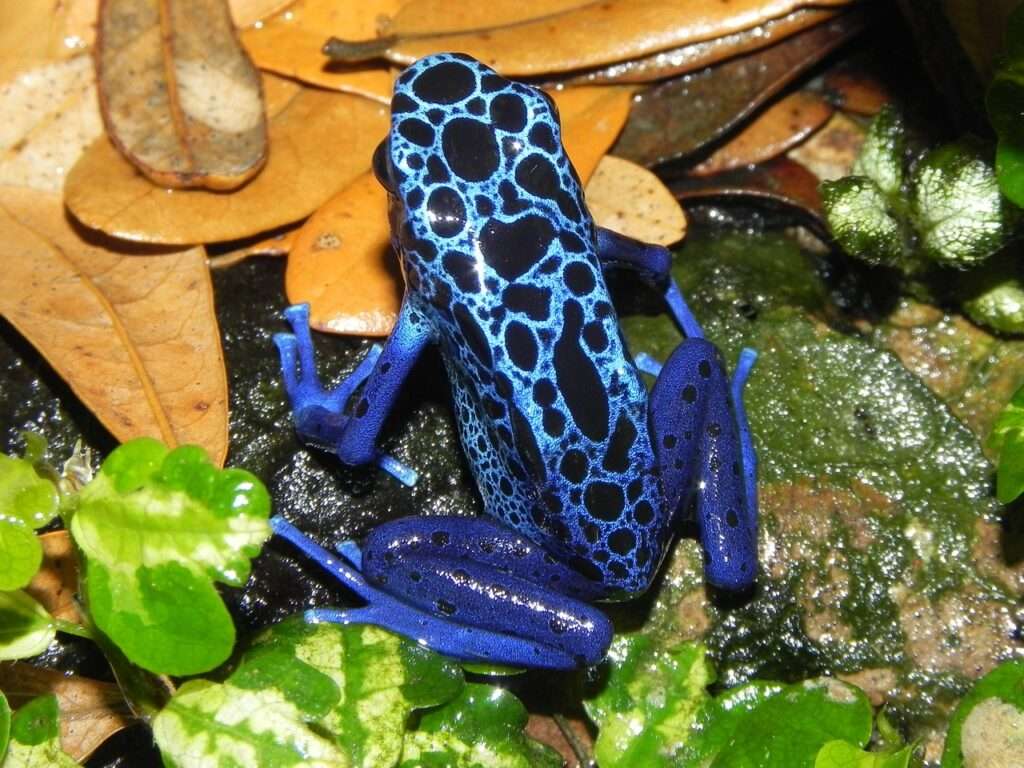
These frogs secrete toxins through their skin, which serves as a defense mechanism against predators. Despite their stunning appearance, their toxins can cause paralysis or even death if ingested. According to research, some species of Poison Dart Frogs produce toxins so potent that a single frog contains enough poison to kill multiple adult humans.
Blue-Ringed Octopus (Genus: Hapalochlaena)
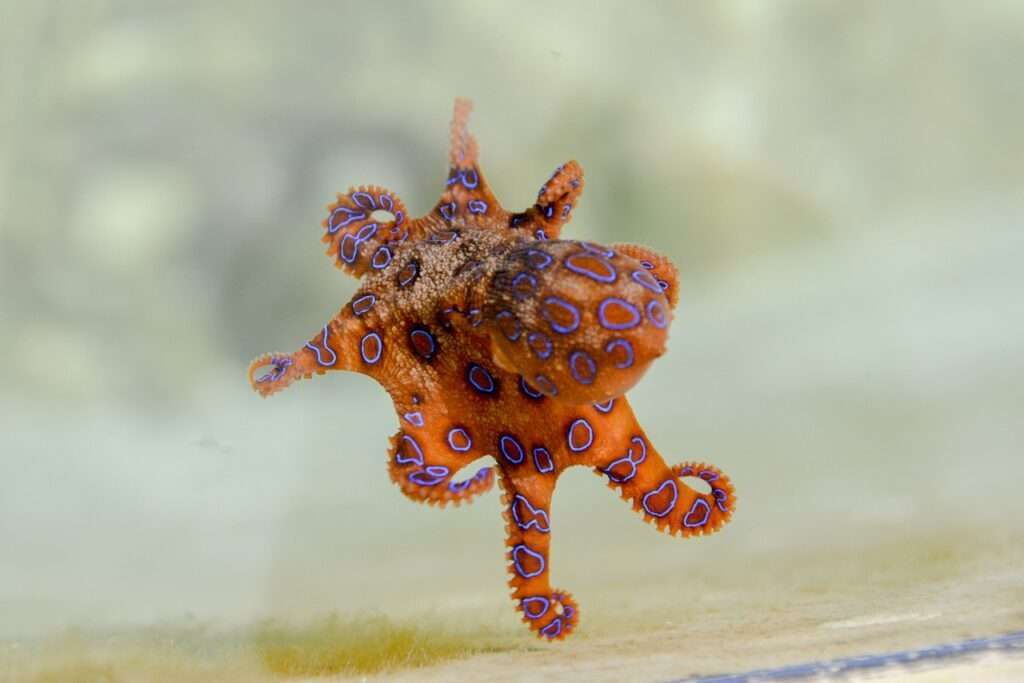
While their appearance may be enchanting, the venom of the Blue-Ringed Octopus is no less lethal. Tetrodotoxin, found in their saliva, can induce paralysis and respiratory arrest in their prey. Statistics show that encounters with the Blue-Ringed Octopus have led to fatalities, highlighting the importance of awareness and caution when exploring ocean habitats.
Box Jellyfish (Class: Cubozoa)
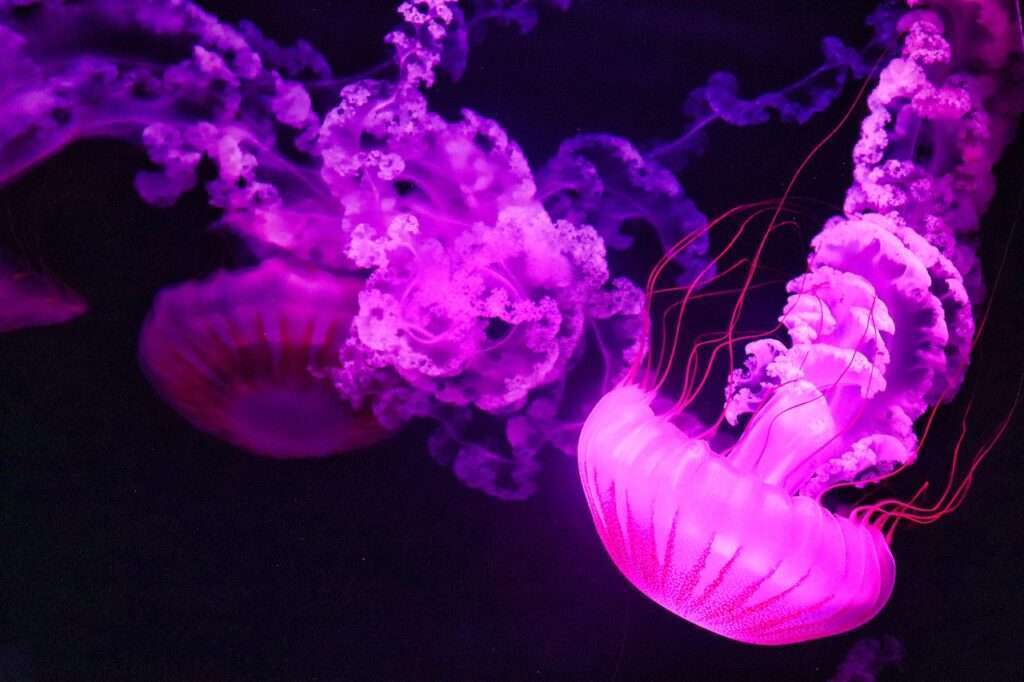
With their nearly transparent bells and trailing tentacles, box jellyfish are often regarded as some of the most beautiful creatures in the ocean. However, their beauty hides a deadly secret. Their tentacles contain potent venom that can cause cardiac arrest and death in humans. According to studies, box jellyfish stings result in hundreds of fatalities worldwide each year, making them one of the most dangerous marine animals.
Lionfish (Genus: Pterois)
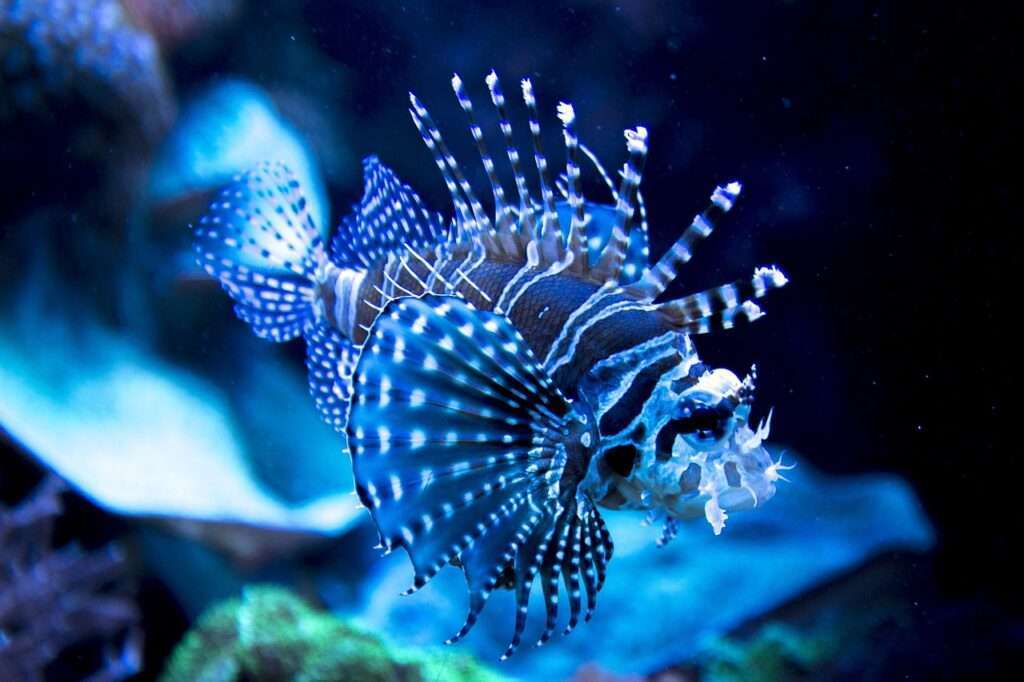
Lionfish are renowned for their striking appearance, characterized by long, flowing fins and bold stripes or spots. However, hidden among their graceful beauty are venomous spines capable of delivering excruciating pain to unsuspecting victims. Lionfish stings can lead to nausea, paralysis, and in severe cases, respiratory failure.
Cone Snails (Genus: Conus)
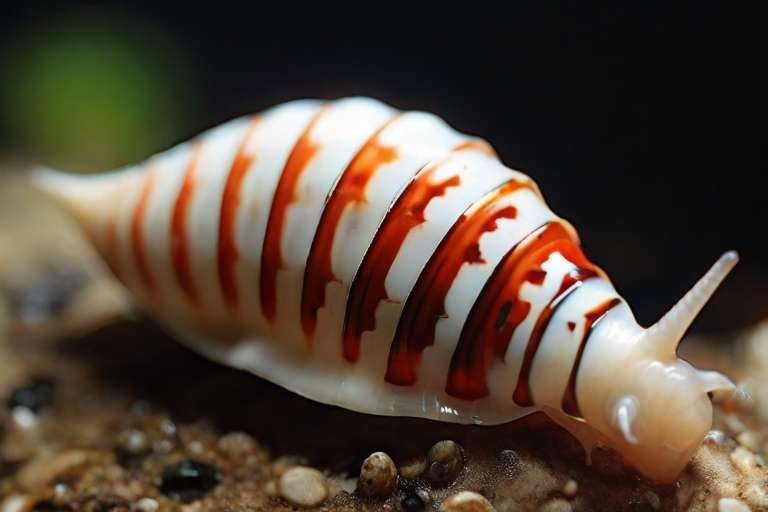
These marine snails boast intricate patterns and colors on their shells, making them a sight to behold. However, their beauty belies their deadly nature. Cone snails possess a harpoon-like tooth that injects venom into their prey. Some species produce toxins that can be fatal to humans, causing paralysis and respiratory failure.
Coral Snakes (Family: Elapidae)
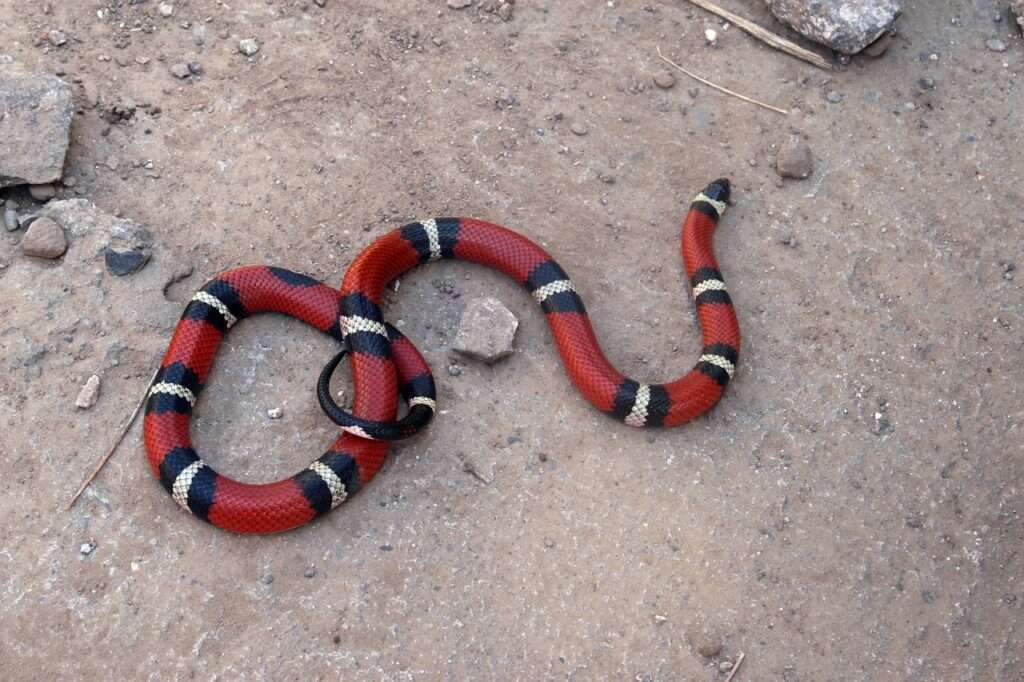
Slender and adorned with vibrant red, black, and yellow bands, coral snakes are often mistaken for harmless species. However, their venom contains potent neurotoxins that can cause respiratory failure and death if left untreated. Despite their striking appearance, coral snakes are best admired from a safe distance.
Conclusion
In conclusion, the beauty of nature often conceals hidden dangers. The Poison Dart Frog and the Blue-Ringed Octopus are just two examples of nature’s stunning yet deadly creatures. As we marvel at their beauty, it’s crucial to remember the importance of respecting their habitats and understanding the risks they pose. By appreciating their beauty from a safe distance, we can ensure the preservation of these remarkable species for generations to come.
We’d love to hear your thoughts! Have you encountered any of these creatures in the wild? Share your experiences in the comments below and stay tuned for more fascinating insights into the wonders of the natural world.

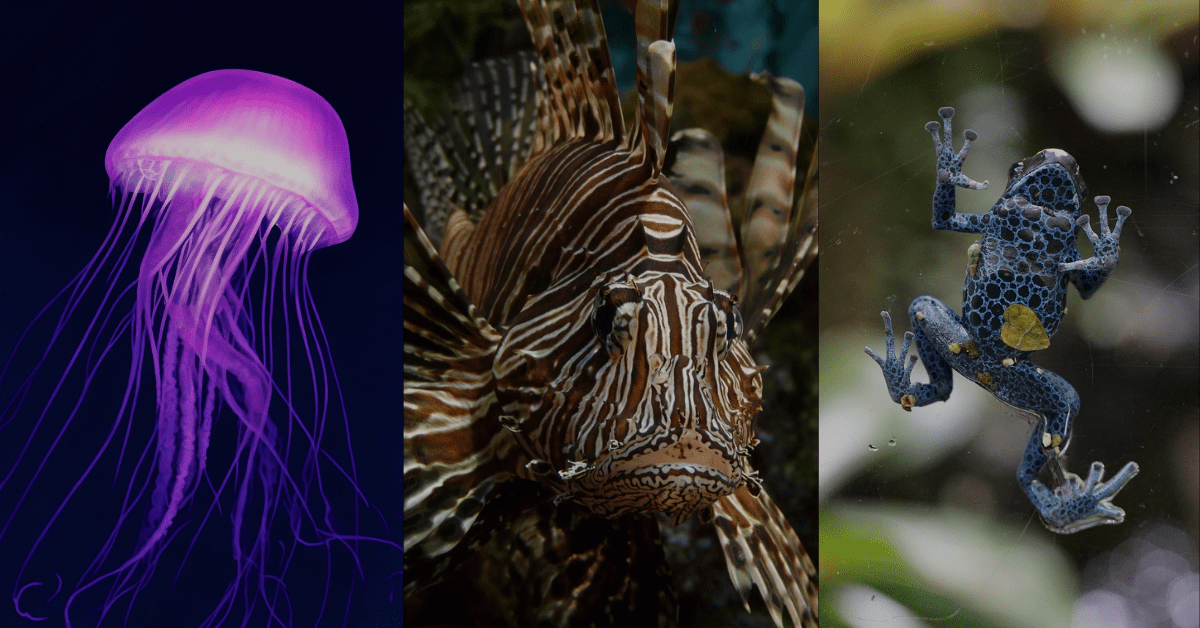
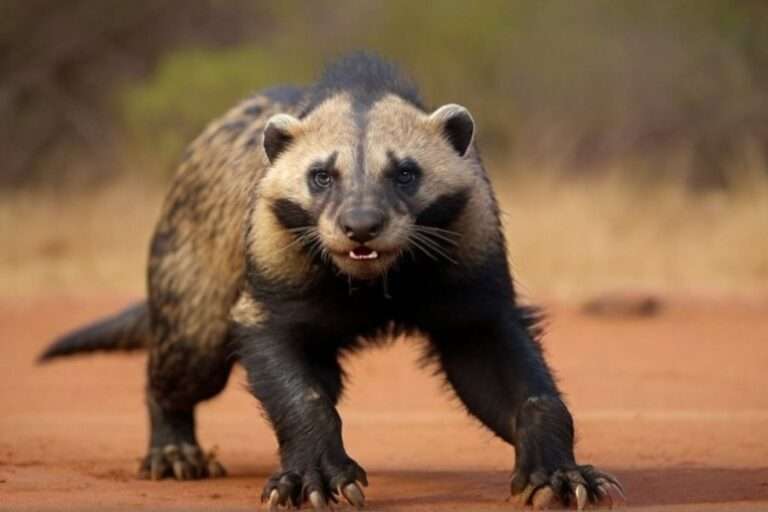
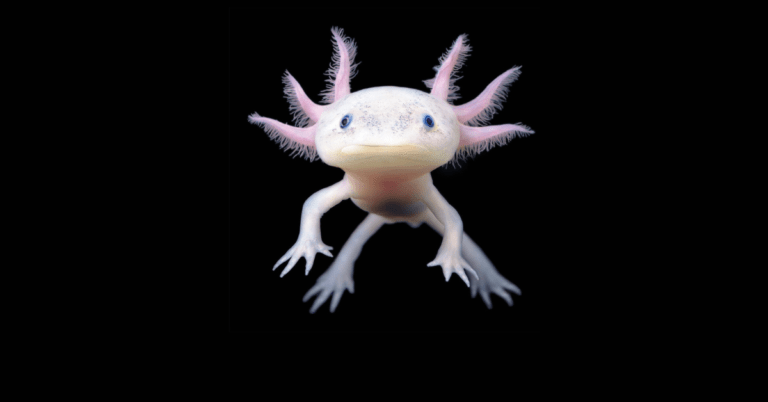
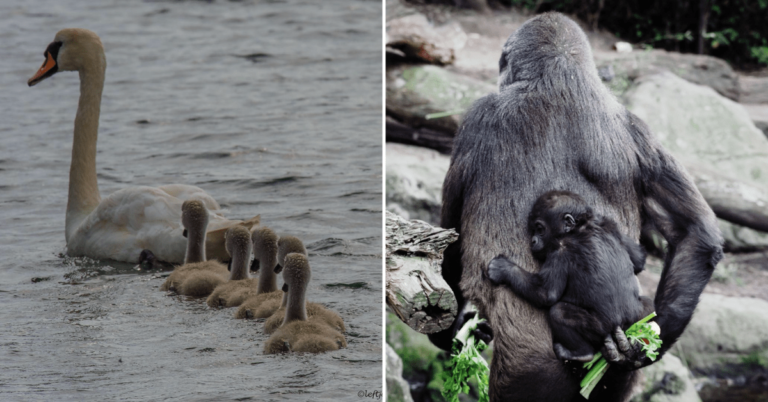
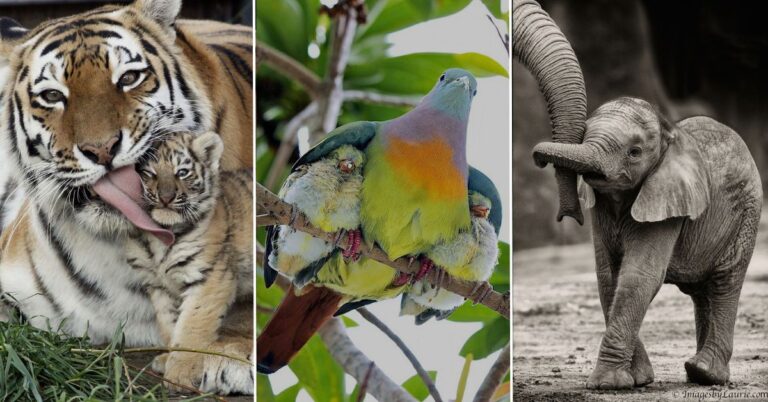

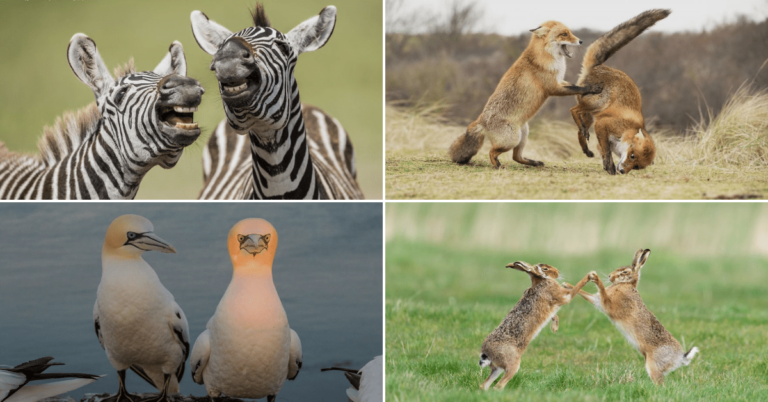
Been thinking on why such beauty would/might be so deadly and vaguely remember stories that I read to my kindergarten classes about nearby little critters getting picked on by other big bully creatures. The stories differed but the friend tried to protect the littles and was granted “super powers” that kept little friends safe. I have no idea what specific books to tell you; maybe it was my own stories and the students drew their versions of the protection 🤷🏼♀️ Anyway, thanks for the memories.
you are welcome. stay with us!
How interesting. Thank you.
you are welcome. stay with us!